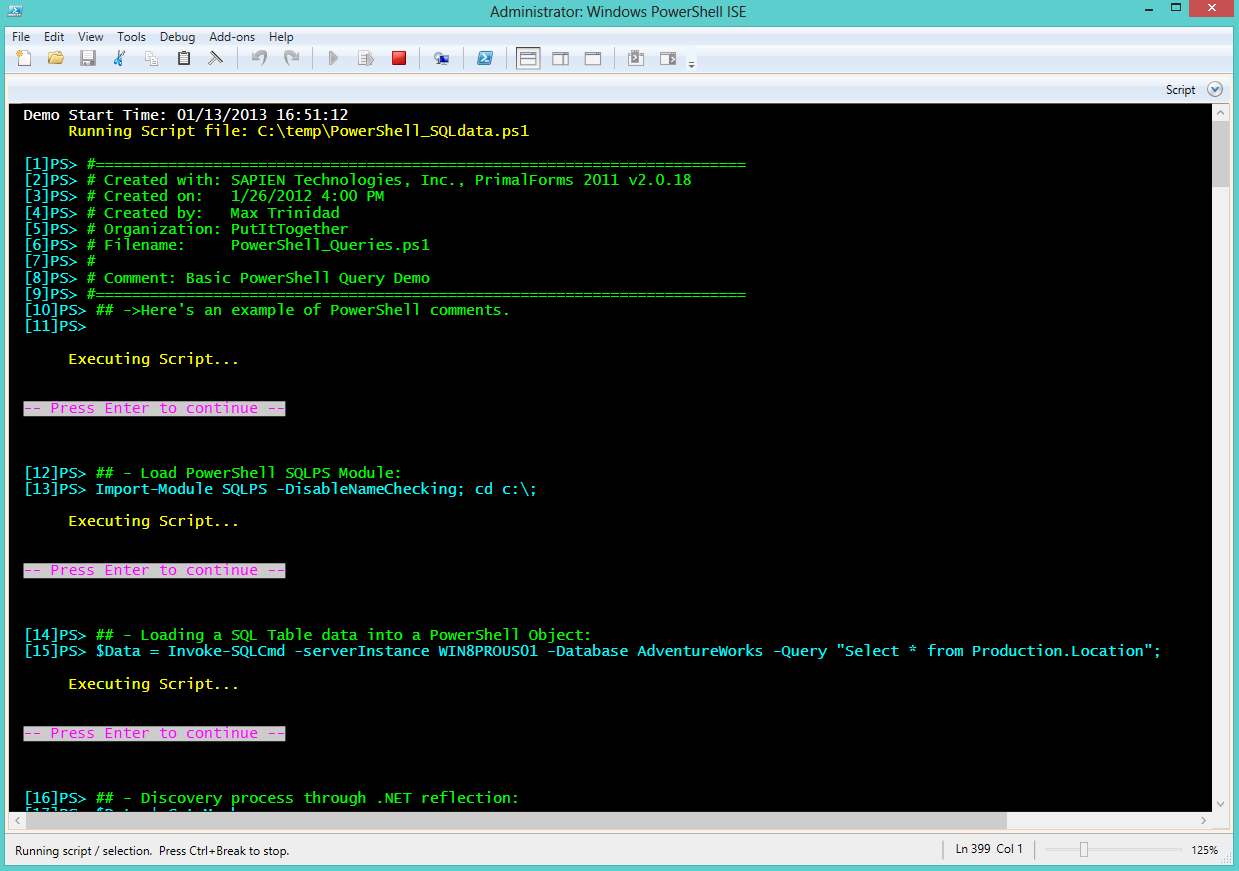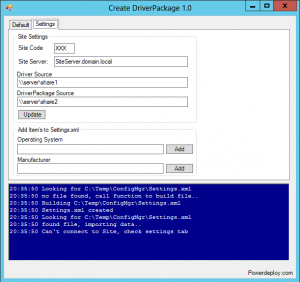
In a 30-second operation, the filtering time is negligible and well within the margin of error. CIM must be caching and dumping in the middle of the operation. Here's the performance graph from the Performance tab. Here's the performance data from the Output tab: Getting the class without any filtering takes an average 30 seconds. PS C:\> (Get-CimInstance -ClassName Win32_Product | Where-Object Name -Like "*PowerShell*Studio*").InstallLocationĬ:\Program Files\SAPIEN Technologies, Inc\PowerShell Studio 2016\ Thanks to Liviuįor example, this command uses the Win32_Product class to get the installation directory of my current copy of PowerShell Studio 2016. The installers, potentially changing installer settings: Why-win32_product-is-bad-news. NOTE: Darren Mar-Elia ( warns not to use Win32_Product because accessing it updates You need to include the program name, but you can take it from a parameter and use wildcards to hedge your bet.

The Win32_Product class returns an object that contains the path to the installation directory for a program. I used the new performance monitoring report graph in PowerShell Studio and PrimalScript to test them.
SAPIEN POWERSHELL STUDIO IMPORT FILE WINDOWS
How do you find the path to a Windows program dynamically at run time? There are a few different techniques, but they really perform differently. Reliable techniques for finding the installation directory


This issue arose in a SAPIEN forum post (thanks for posting!) in which someone hard-coded the path to program that a PowerShell Studio installer file (.msi) installs. New-Variable pi -Value ::Pi -Option Constant So, wherever you can, use variables and wildcards for variable values and use constants for the few things in life that don't change, e.g. Using constants or "hard-coding" variable values is prone to error and requires continual maintenance. This will load the datagrid with data and you can resize the window application.Īs you can seen, right from the template you can start building PowerShell Gui’s with SAPIEN PowerShell Studio product.One of the important best-practice rules in scripting (and programming) is to avoid using constant values for things that can vary. Load-DataGridView -DataGridView $datagridviewResults -Item $processes -AutoSizeColumns DisplayedCells $processes = Get-WmiObject Win32_Process -Namespace “Root\CIMV2” Uncomment the following line and run the application:

You can go ahead the follow the commented sample to populate the form datagrid. They are not available in their Snippets section. * Note: these functions are only available when you select the Grid template. Just expand the regions to view the *function: This function is located at line #2 in the “#region Control Helper Functions”. Now, in the commented sample, you’ll find the function “Load-DataGridView” is used to push the data to the datagrid component.
SAPIEN POWERSHELL STUDIO IMPORT FILE HOW TO
Also, read the commented lines because it give you a hint in how to populate the datagrid in the form. Take a look in the script tab and you’ll notice some events been already created for us to use. This template already provide us with two buttons: “Load” and “Exit”. Go to “File” then select “New Form” and Select a template: “Grid Template”. Lets cut to the chase! Here’s a quick way to create Datagrid views using PowerShell Studio.įirst, take advantage of the forms wizard to start building your GUI application.


 0 kommentar(er)
0 kommentar(er)
